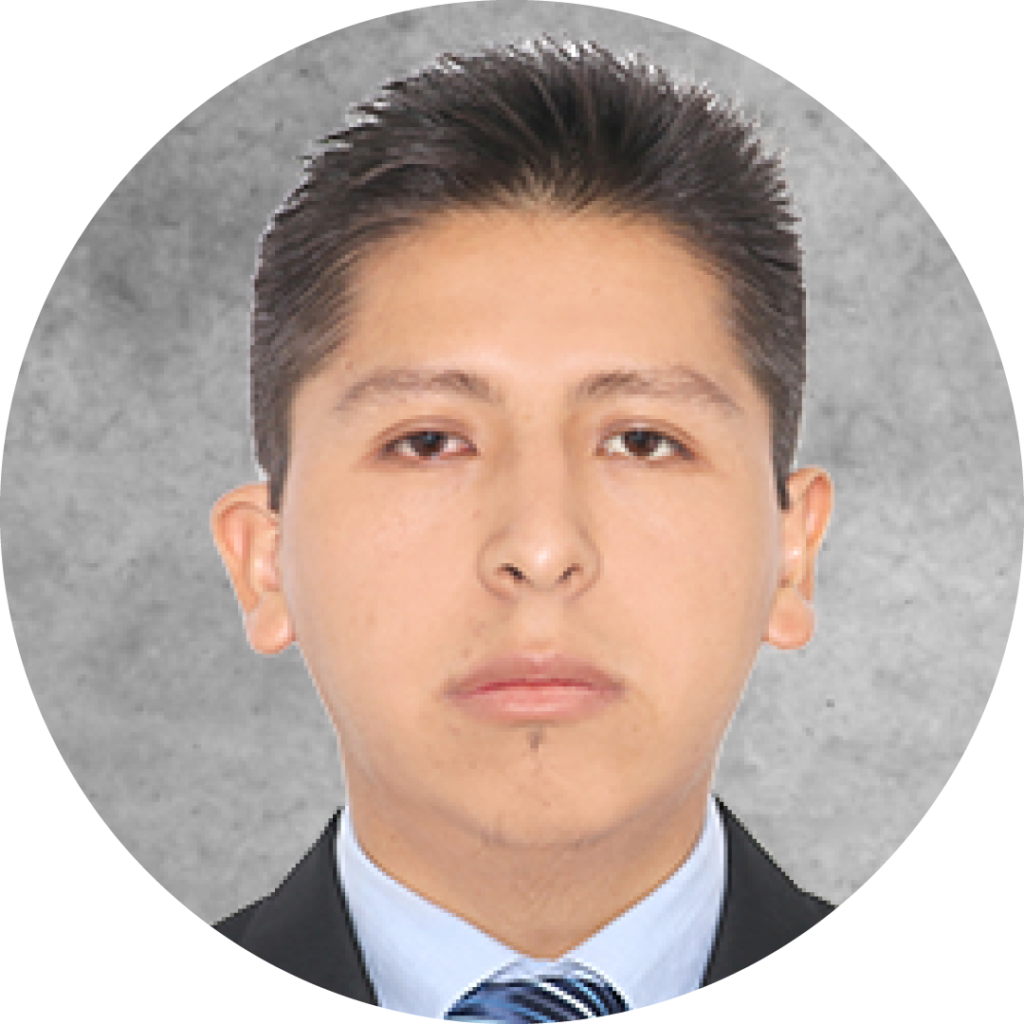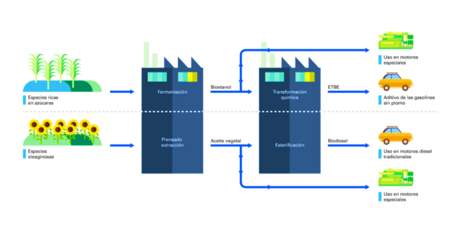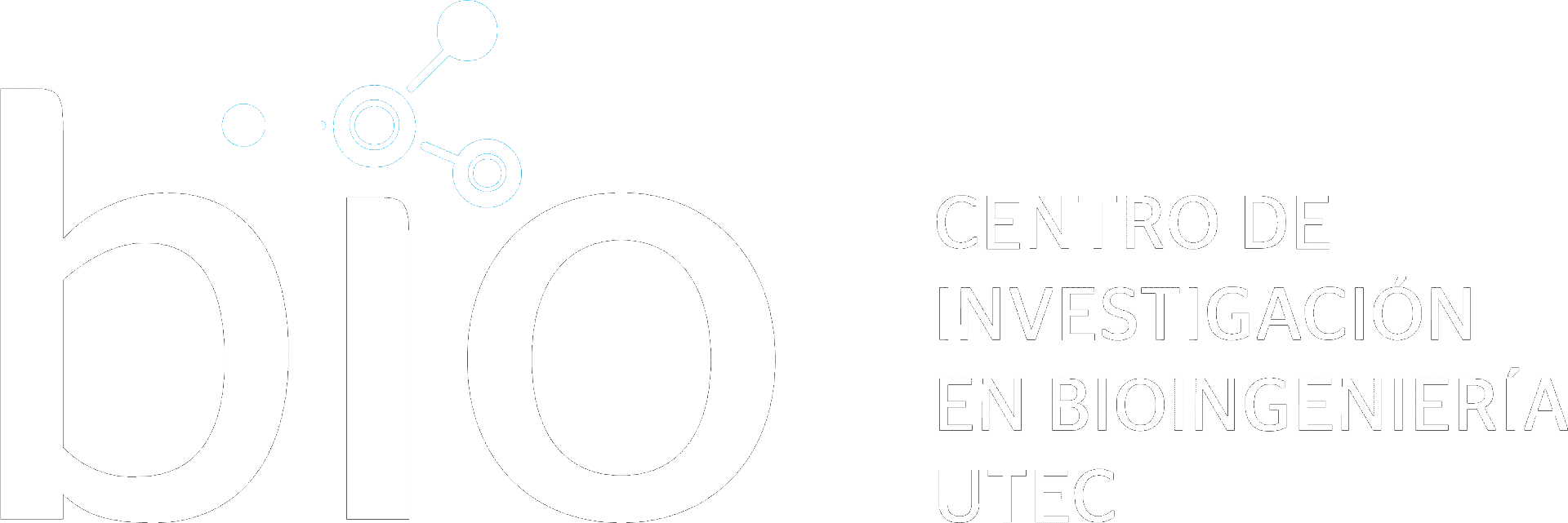
Head of Sensors and Biomems Laboratory
Bioengineering and Chemical Engineering Department
As space exploration has captured the attention of both governments agencies as well as startups and private companies around the world, research into technologies that allow astronauts to study more distant spaces, without neglecting their health and wellness. Because one of the biggest current challenges is to send astronauts to Mars, it must be considered that they would be further away than ever from medical care on Earth, also since the estimated incidence rate for a medical emergency is approximately one person per exploration mission and crewmembers would have minimal or no real-time support from mission control, it’s necessary to develop medical equipment that can be used even by non expert physicians.
In this way, to ensure the care and wellness of astronauts, the NASA’s Biomedical Research and Environmental Sciences (BR&ES) Division in collaboration with its Engineering Directorate, Avionics Systems Division created the Biomedical Engineering for Exploration Space Technology Laboratory (BEEST), which has achieved significant advances in healthcare that have been patented based on the use of microwaves [1], such as those described below.
One of those, is a device for the treatment of caries using microwaves energy applied directly to teeth at frequencies that are lethal to the bacteria that cause caries, without being destructive for dental tissue, managing to alter the local pH of the carious lesion to favorably promote spontaneous remineralization of the tooth. The realization of this device is based on demonstrated data that Streptococcus mutans selectively absorbs microwaves in the Ka band region, which is why the use of microwaves generated at frequencies from 26.5 GHz to 40 GHz was proposed [2].

Another of its patents is an apparatus for welding biological tissue by microwaves, which can be used to connect or weld two or more pieces of biological tissue of a wound or incision, potentially reducing the likelihood of an infection occurring in or around a wound and allowing the welded biological tissue to be restored to its original tensile strength. For this, a mixture of microspheres, that can control the depth and location of heat penetration into the wound, with the biological solder composed by sterile water and bovine serum albumin (BSA) or other serum albumin, including that derived from humans, is made. This mixture is disposed in, above or around the wound and subsequently it is heated by the microwaves transmitted by the antenna of this apparatus, thus uniting the biological tissue. This device and its welding method can be applied to surface wounds, deep-cut wounds, skin tears, skin rips, and internal organs such as the liver, spleen, and kidneys. This way, the use of conventional techniques of suturing, stapling for biological tissue repair, that increase the risk of infection or adverse immunological reaction, are avoided. Besides, it has been demonstrated to be more effective than biological tissue repair with laser, since they are prone to error, require a complex and bulky cooling system, etc [3].

On the other hand, a system for water decontamination has also been developed, that can reduce or eliminate one or more contaminants inside a medium, including bacteria, fungi, parasites, viruses and combinations thereof through a a microwaves signal with frequencies between 10 GHz and 100 GHz, while increasing the temperature of the medium by less than about 10° C approximately. This way, the fluid is not significantly heated to kill the living contaminants and the use of chemical additives for this purpose is avoided [4].

Finally, it is notable how knowledge in biomedical engineering applied to microwave technology can be used for various purposes that can be of global benefit, however, in an environment as hostile as outer space, it makes a remarkable difference since these devices provide more autonomy, security and support to astronauts in very complex situations.
References:
[1] Lewis, R. E. Biomedical engineering for exploration space technology. NASA. [online]. March 16, 2023 [consulted on february 13, 2024]. Available on: https://www.nasa.gov/directorates/esdmd/hhp/biomedical-engineering-for-exploration-space-technology-2/
[2] Justia. Method and device for treating caries using locally delivered microwave energy. Justia [online]. [consulted on february 13, 2024]. Available on: https://patents.justia.com/patent/10966809
[3] Justia. Methods and apparatus microwave tissue welding for wound closure. Justia [online]. [consulted on february 13, 2024]. Available on: https://patents.justia.com/patent/10966809
[4] Justia. Microwave-based water decontamination system. Justia [online]. [consulted on february 13, 2024]. Available on: https://patents.justia.com/patent/10966809
[5] Dickey Arndt, G., Ngo, P. H., Phan, C. T., Byerly, D. L., Dusl, J. R., Sognier, M. A., & Carl, J. R. (2013). Methods and apparatus for microwave tissue welding for wound closure (Patent Núm. 8388613). In US Patent (Núm. 8388613).
[6] NASA Technology Transfer Program. NASA’s microwave-based water decontamination system. (February 25, 2020). Youtube. https://www.youtube.com/watch?v=57MVPuBcvTg




